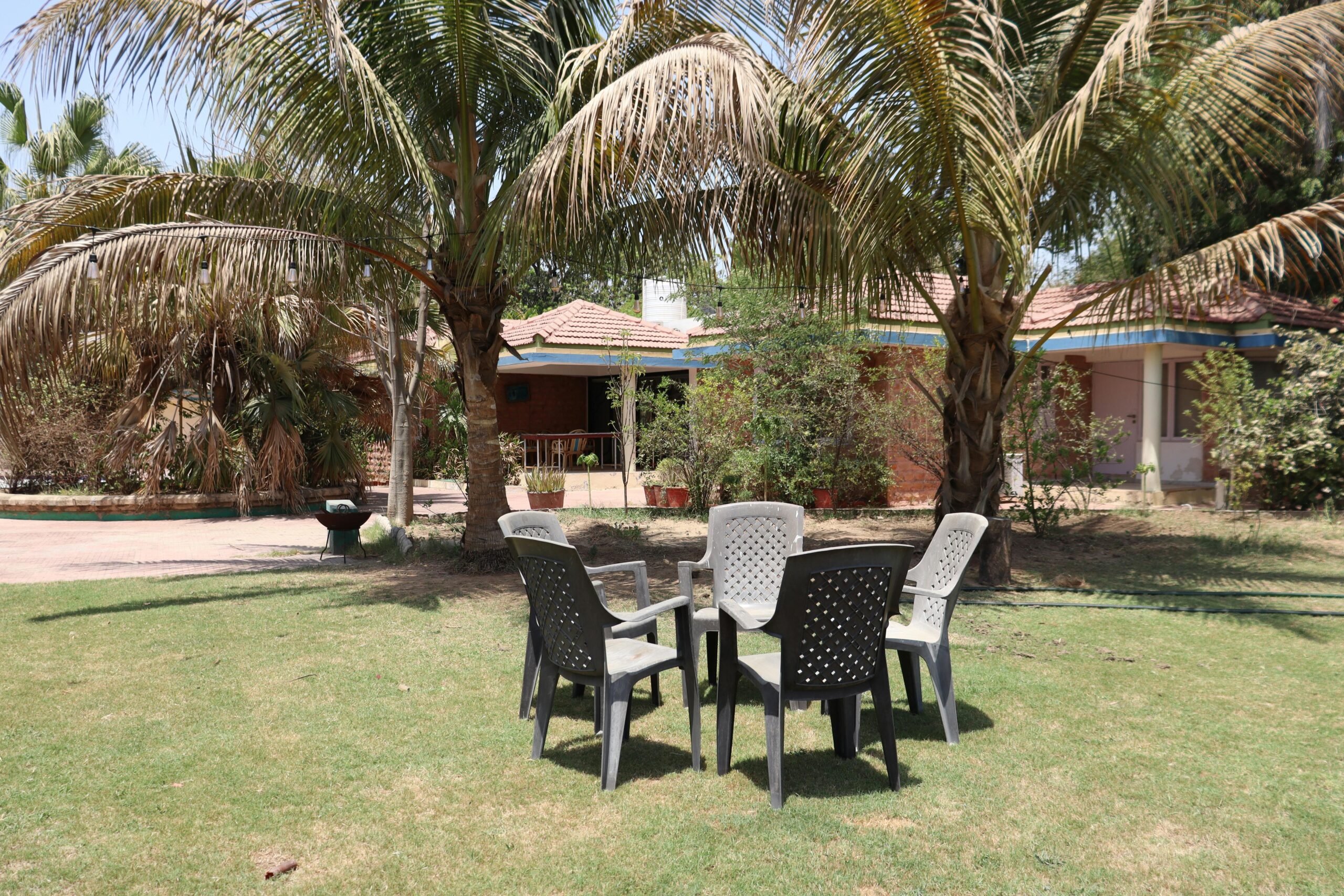A lush, green lawn doesn’t happen by chance—it requires regular maintenance including the often-overlooked practice of aeration. Lawn aeration involves perforating the soil with small holes to allow air, water, and nutrients to penetrate to the grass roots. This simple yet effective technique helps alleviate soil compaction, which can starve your grass of essential elements. In this article, we’ll explore the numerous benefits of lawn aeration, compare different aeration methods, and identify the best times to aerate your lawn for optimal results.
What is Lawn Aeration?
Lawn aeration is the process of creating openings in your lawn to improve the flow of air, water, and nutrients to the root zone. Over time, soil becomes compacted due to foot traffic, mowing, and natural settling. This compaction creates a dense layer that restricts the movement of these vital elements, effectively suffocating your grass roots. When you aerate lawn, benefits include enhanced root development, reduced water runoff, improved fertilizer uptake, and increased resistance to heat stress and drought.
The physical process involves removing or creating small holes in the soil, allowing the roots to expand and grow more deeply. This deeper root system helps your grass become more drought-resistant and better able to access nutrients deeper in the soil profile. As experts at AskHomey point out, a properly aerated lawn requires less water and fertilizer to maintain its health and appearance, making it both environmentally and economically beneficial in the long run.
Core Aeration vs Spike Aeration: Which is Better?
When it comes to aerating your lawn, two main methods exist: core aeration and spike aeration. Understanding the differences between these approaches is crucial for determining which is best for your lawn’s specific needs.
Core aeration, also known as plug aeration, involves the use of a machine that removes actual plugs or cores of soil from your lawn. These cores, typically 1/2 to 3/4 inches in diameter and 2-3 inches long, are deposited on the lawn surface where they break down over time. This method is highly effective because it physically removes soil, creating channels for air, water, and nutrients while directly reducing soil compaction. In the core aeration vs spike aeration debate, lawn care professionals typically recommend core aeration for its superior long-term benefits.
Spike aeration, on the other hand, simply pokes holes in the ground using solid tines or spikes. While this method does create openings for air and water to enter the soil, it doesn’t remove any soil and can actually increase compaction around the holes as the spikes push the soil aside. Spike aeration is generally easier and can be done with specialized shoes, hand tools, or rolling devices, making it more accessible for the average homeowner. However, its benefits are typically more short-lived than those of core aeration.
For severely compacted soil or lawns with heavy clay content, core aeration is clearly superior. For light maintenance of relatively healthy lawns, spike aeration may be sufficient. Consider your lawn’s specific conditions and your long-term goals when choosing between these methods.
When to Aerate Your Lawn: Timing Matters
Determining when to aerate lawn for best time results depends on your grass type and local climate conditions. Generally speaking, you want to aerate during your grass’s peak growing season so it can recover quickly and take advantage of the improved soil conditions.
For cool-season grasses like Kentucky bluegrass, fescue, and ryegrass, early fall (September-October) is ideal. This timing allows the grass to recover before winter dormancy while taking advantage of the typically cooler, moister conditions of fall. Early spring (March-April) can be a secondary option, though weed competition may be higher during this time.
For warm-season grasses such as Bermuda, zoysia, and St. Augustine, late spring to early summer (May-June) is the optimal time to aerate. This coincides with these grasses’ active growth periods and allows maximum recovery time before the cooler fall temperatures slow their growth.
Most lawns benefit from annual aeration, though heavily used or compacted lawns may require twice-yearly treatment. Signs that your lawn needs aeration include standing water after rain, difficulty pushing a screwdriver into the soil, and thinning or patchy grass despite proper fertilization and watering.
How to Aerate Your Lawn Properly
To aerate lawn, benefits are maximized when the process is done correctly. Begin by marking sprinkler heads, shallow irrigation lines, and other obstacles to avoid damaging them during aeration. Water your lawn thoroughly one to two days before aeration to soften the soil and make the process more effective. The soil should be moist but not soggy.
For core aeration, rent a core aerator from a local garden center or hardware store. These machines are quite heavy and can be challenging to transport and operate, so consider professional services if you’re not comfortable handling large equipment. Make multiple passes over the most compacted areas, and leave the soil cores on the lawn to break down naturally, returning valuable nutrients to the soil.
For spike aeration, specialized shoes, rollers, or handheld tools can be used. While less effective than core aeration for severe compaction, this method can still provide some benefit, especially for routine maintenance of relatively healthy lawns.
After aeration, it’s an excellent time to overseed, topdress with compost, or apply fertilizer, as these amendments can now reach deeper into the soil profile where they’ll be most effective. Keep the lawn well-watered for the next two weeks to encourage recovery and root growth into the newly created spaces.
For more tips and to connect with reliable home service professionals, follow AskHomey on Facebook and Instagram.



